Jim Wills led a walk to BBOWT’s Homefield Wood reserve on the morning of Wednesday 5 June. The sun was shining brightly but there was a cold wind. Members gathered on Marlow Common, at the point where the road through Pullingshill Wood is crossed by the Chiltern Way. The walk started off westwards, following the Chiltern Way as it dropped steeply downhill through the woods, then continued along a footpath with tall scrub on one side and fenced off flowery grassland on the other. A Red-headed Cardinal Beetle was spotted at the side of the path. Other invertebrates seen during this section of the walk included a Scorpion Fly, nymphs of Dark Bush-cricket, a Hairy Shieldbug, a Bryony Ladybird and two boldly-marked caterpillars of the Mullein Moth, one on Great Mullein and the other on Common Figwort. Tall yellow Goat’s-beard flowers were dotted across the grassland. Rough Chervil was growing by the path. Flower-heads which were still in bud drooped downwards and the stems were a distinctive purple colour. Other flowers beside the path included Long-stalked Crane’s-bill, Hop Trefoil, Greater Knapweed, Changing Forget-me-not and Red, White and Bladder Campion. White Bryony scrambled through the hedge. It is dioecious, with male and female flowers on different plants. A plant was examined closely – all its flowers were female. A Bryony Ladybird was found on White Bryony. Further along the track, the shiny spade-shaped leaves of Black Bryony were scrambling through the hedge. Out in the grassland, Common Bird’s-foot-trefoil and Pyramidal Orchid were just coming into flower and a Small Heath butterfly was seen in flight. A Blackcap sang from deep in the hedge. At the end of the footpath, the route turned right along a short stretch of road before turning left into Homefield Wood.
The Chiltern Way continues westwards along the main track which follows the valley bottom. The nature reserve is on the north side of the valley and is partly scrubby grassland and partly shady woodland. Turning right towards the first field of the reserve, tall spikes of Common Spotted-orchids were seen. After entering the reserve at a kissing gate, members spent a little while exploring the first scrubby field. The orchid tally quickly rose, with sightings of Military Orchid, Common Twayblade, Bee and Fly Orchid and Greater Butterfly-orchid. A Grizzled Skipper butterfly was nectaring on a Common Spotted-orchid and a Meadow Brown was flying in the sunshine. The next part of the walk was along a track through shady woodland. A Broad-leaved Helleborine at the side of the track was not yet flowering, but showed the characteristic spiral arrangement of leaves up the stem. On the other side of the track, a Bird’s-nest Orchid was somewhat the worse for wear – it looked as if it had been trodden on. After walking westwards along the valley side for a little way, the group came to some big clearings where there was a spectacular display of orchids, especially the tall spikes of Military Orchid and the easy-to-miss Fly Orchids. These were protected by a series of fences to keep them safe from browsing animals. A White Helleborine, not yet in flower, was also found here.
The next part of the walk followed a footpath northwards up through Homefield Wood and out into the fields beyond. Flowering Wood Speedwell was noted beside the path through the wood and an old Field Maple was seen. The first few fields had margins which had been planted to give seeds for game birds. Plants identified included yellow-flowered Common Melilot, Chicory, Cornflower, Hemlock and Stone Parsley. Another White Bryony plant was inspected and this time, all the flowers were male. A well-filled pond in the corner of the next field marked the highest point of the walk, where the underlying geology was Clay-with-flints. There followed a short stretch of road before turning left down the next footpath. It ran across a field which appeared to have been planted with a wild flower mix, including Sainfoin, Common Knapweed, Dwarf Spurge, Rough Hawkbit and Teasel. Swine-cress was growing in the path – it needs to be on fertile soils where the seeds can be pressed into the ground by humans or heavy grazing animals. The footpath led steeply down hill, next to a fence which had the purple form of Stinking Iris in flower at its base. After crossing the bottom of the valley, it climbed steeply up the far side through an area of Chalk grassland where Yellow-wort, Quaking Grass and Hoary Ragwort were amongst the sightings. At the top of the field, the path led into woodland, where Sanicle and Woodruff were in flower. The walk continued through the woodland of the northern section of Marlow Common. Where the track crossed a road through the Common, Nipplewort, Common Valerian and Wall Lettuce were noted. The route then led back across Marlow Common to the starting point. Most of the walkers then had lunch at the Cricketers at Littlewick Green.
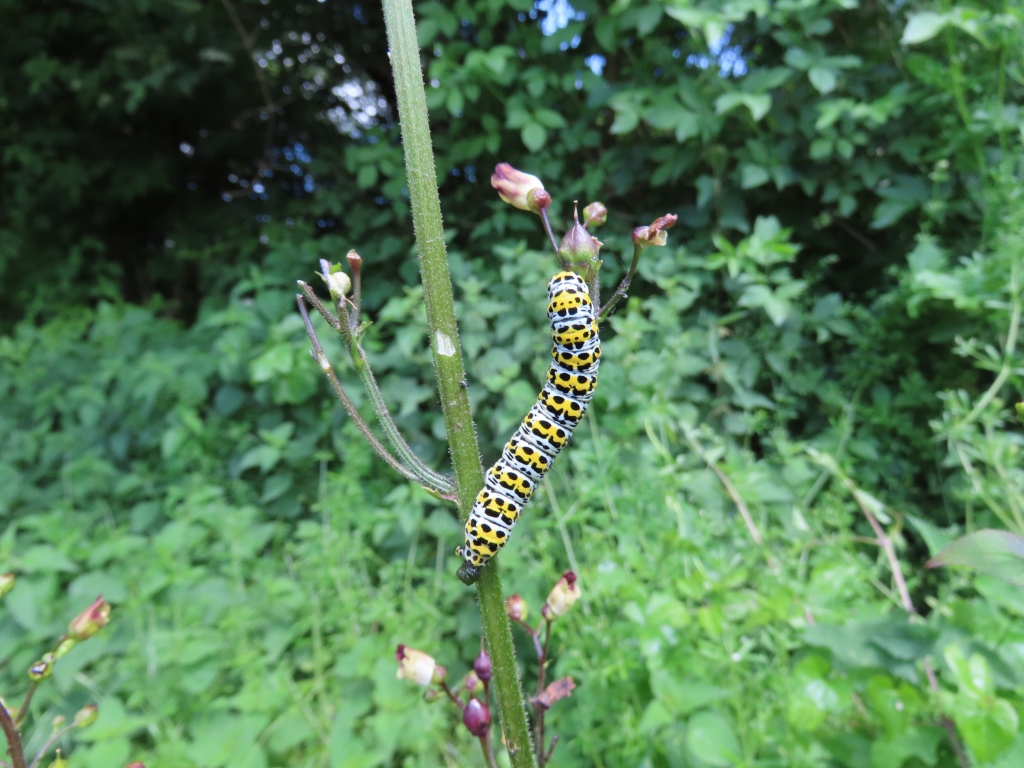
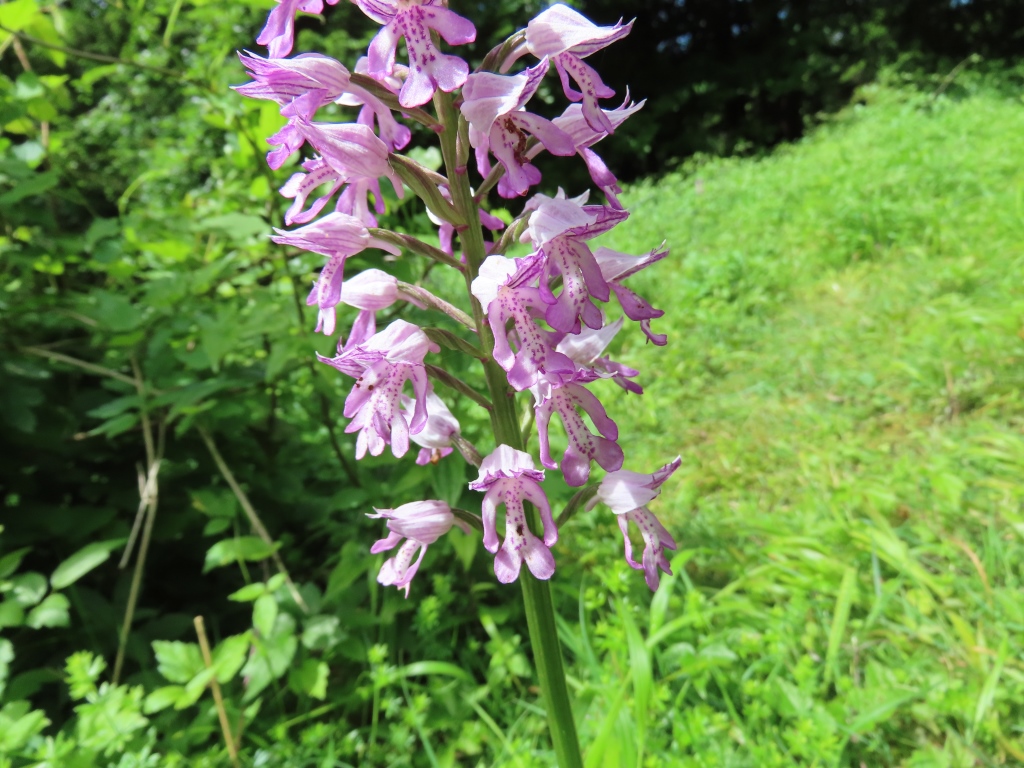
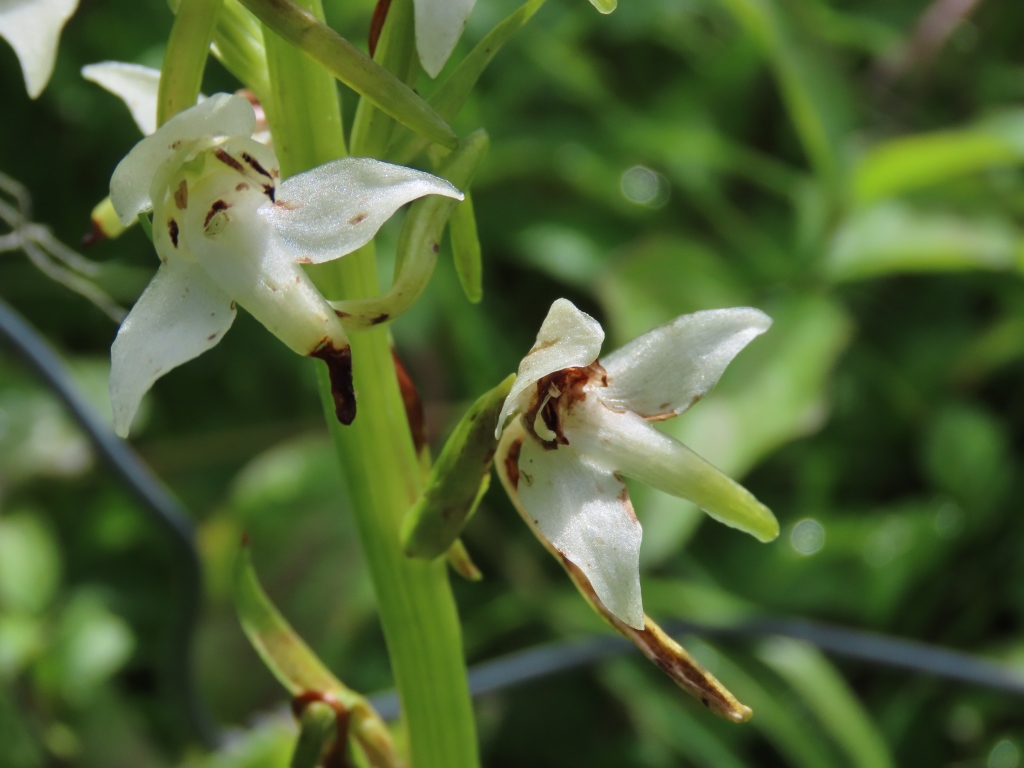
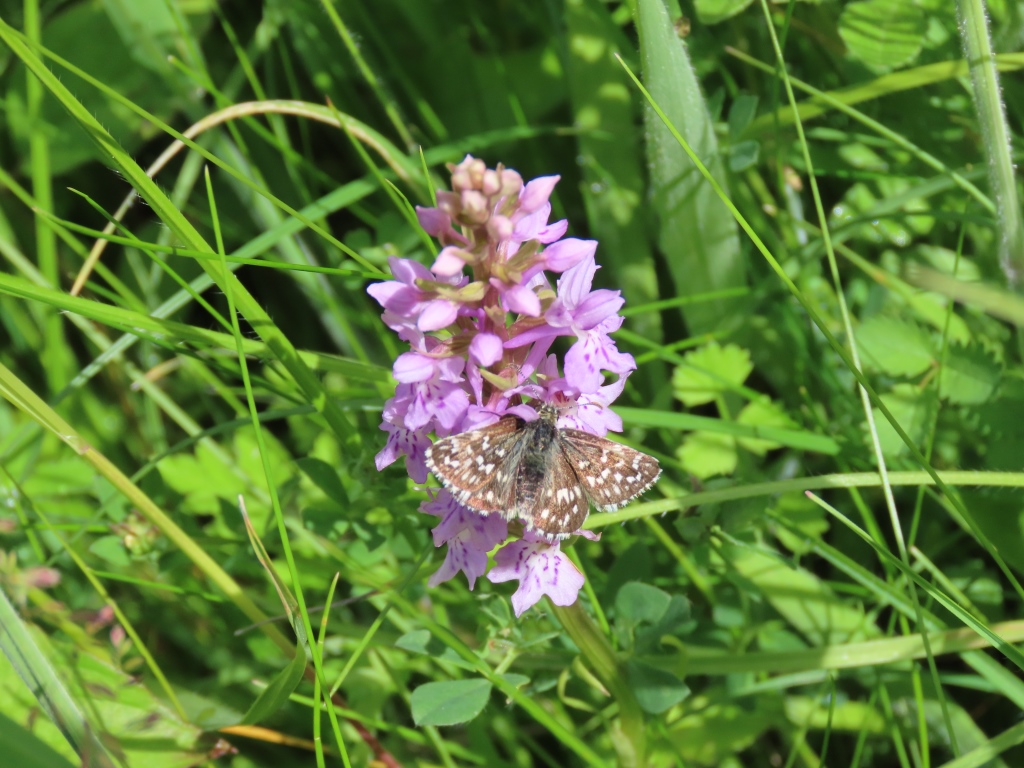
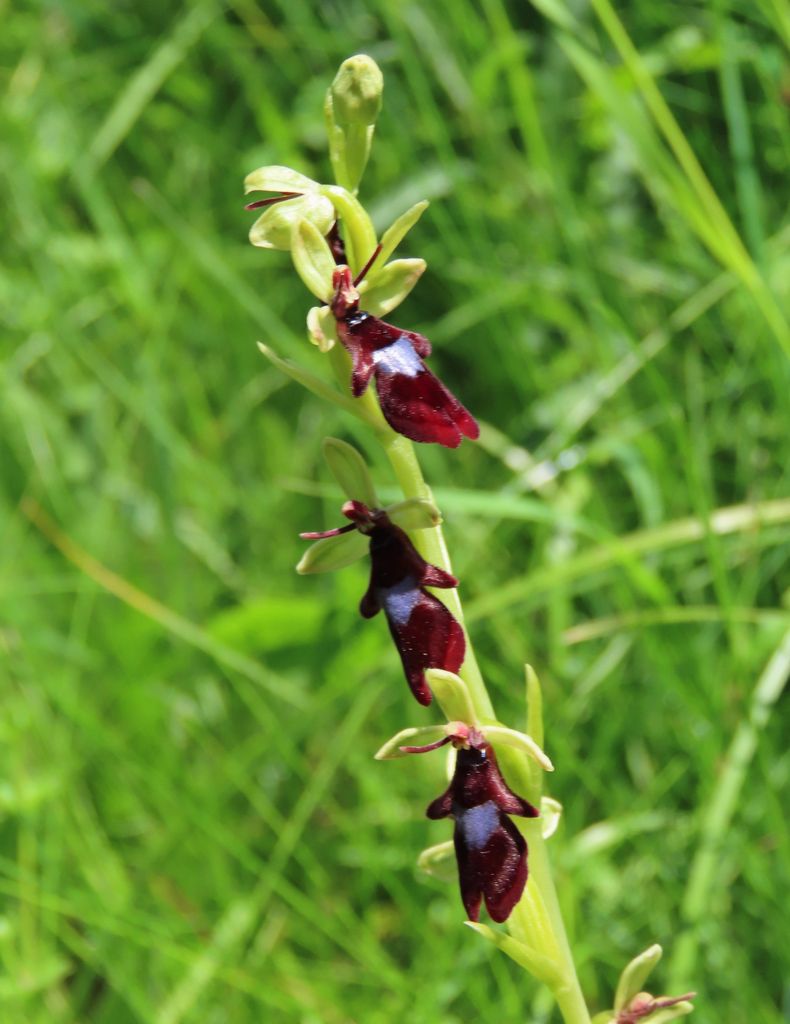
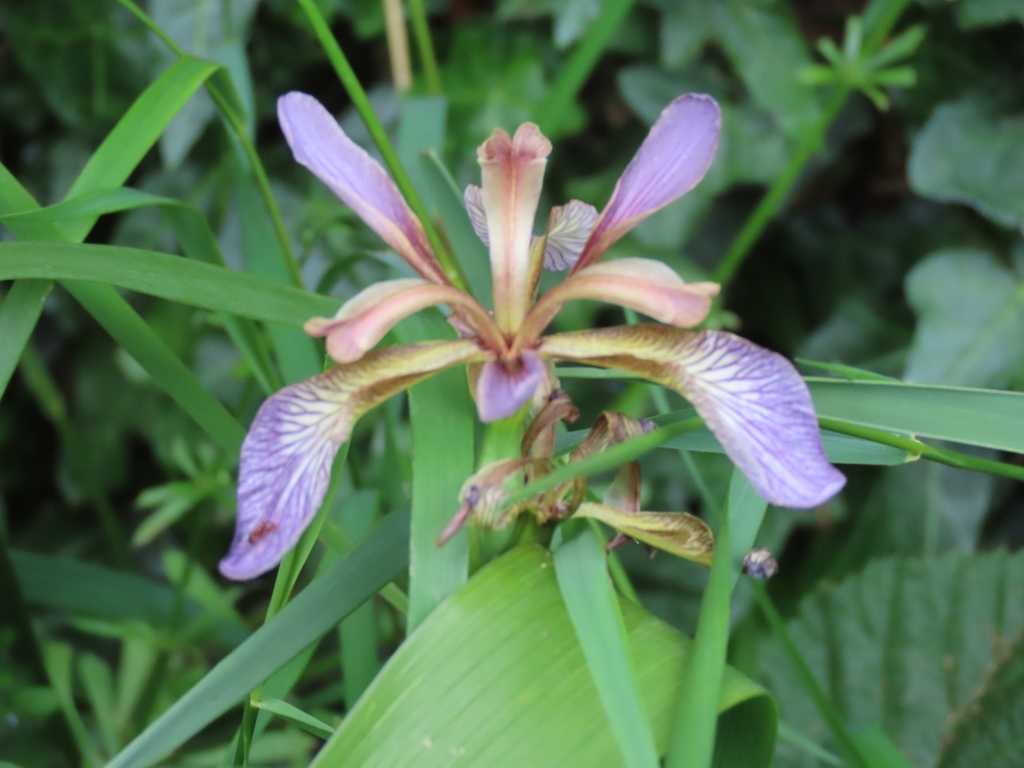
Pictures by Fiona Brown and Rob Stallard
